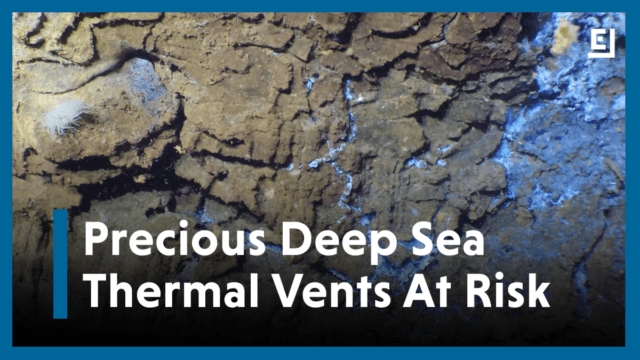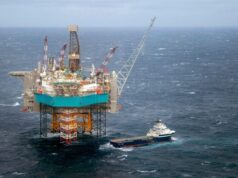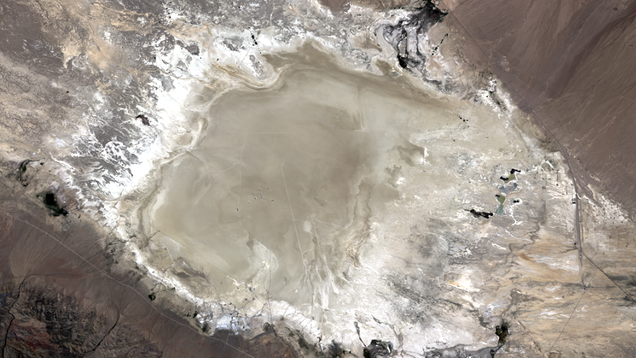
The deep sea is one of the least understood places on Earth. Among its oddities are hydrothermal vents, cracks in the seafloor that pump out scaldingly hot water and form massive chimneys teeming with weird microbial life.
What we do know about this mysterious ecosystem is that there are enormous deposits of rare earth minerals down there, including tellurium, cadmium, lithium, zinc, and cobalt. These minerals are used to produce technology such as cell phones and renewable energy as well as cancer treatment drugs. Our future hinges on them.
Right now, the mineral content of these hydrothermal vents is untapped with all rare earth mining taking place above the ocean waves on land. But with demand for these technologies increasing, countries around the world are lining up to begin extracting these precious minerals from the seafloor, including from the striking vents.
Hydrothermal vents mark the cracks in the seafloor where tectonic plates spread apart and hot magma poured out, forming new seafloor and creating giant, chimney-like openings which spew out hot water. That water is full of minerals pulled from deep beneath the seafloor, which solidify when they hit the cold water of the deep sea. That means the vents’ mineral contents are significant. Scientists believe just one vent could provide enough zinc to supply the entire country of Japan’s demand for a year. The ecological impacts of extracting all these elements, however, is poorly understood. That’s especially true of inactive vents that have ridden the tectonic plates away from the magma-heated water, which are even less studied than active ones.
The tectonic plates are, of course, in motion. As they move, they eventually push active vents further away from the spaces between the plates, depriving them of super heated water. That’s when they become inactive.
G/O Media may get a commission
The studies that have been done on the impacts of deep sea mining show that it could seriously threaten biodiversity and disturb microbes that sequester greenhouse gases like carbon and methane, which could potentially have negative consequences for the climate crisis. Scientists have also found that if the regions are dredged up for minerals, they may not recover for millions of years.
Last year, a team of scientists with Sylvan Geomicrobiology Lab’s Hot2Cold Vents exploration project boarded a submarine and journeyed to the bottom of the ocean to learn more about the unique formations. Jason Sylvan, a principal investigator on the project and microbiologist at Texas A&M University, focused his research on inactive vents.
“[Inactive vents] are the types of systems where there is an interest in seafloor mining because of the high amounts of metals that are present,” he said. “They’re kind of of interest for targeting because they’re thought to be less likely to contain unique biology, but the truth is we just haven’t studied them very much at all.”
Sylvan and his colleagues collected footage and data of the deep sea wonders to better understand how they change as they become inactive, and determine how quickly they could recover from mineral extraction. He found that understanding the processes is complicated, because mining one vent could have implications for other ones, too.
“The connectivity in the subsurface between these different sites—so more or less the plumbing underneath the sciences—is very difficult to study and so not super well understood,” he said.
Until researchers learn enough about the complex vents on the bottom of the oceans, Sylvan says he’d recommend companies stay away from mineral extraction down there. And he’s not alone—proposed deep sea mining projects have been cancelled due in part to environmental concerns.
“I would say I don’t think it’s a good idea,” he said.
Source: gizmodo.com








